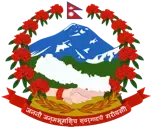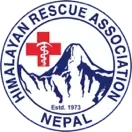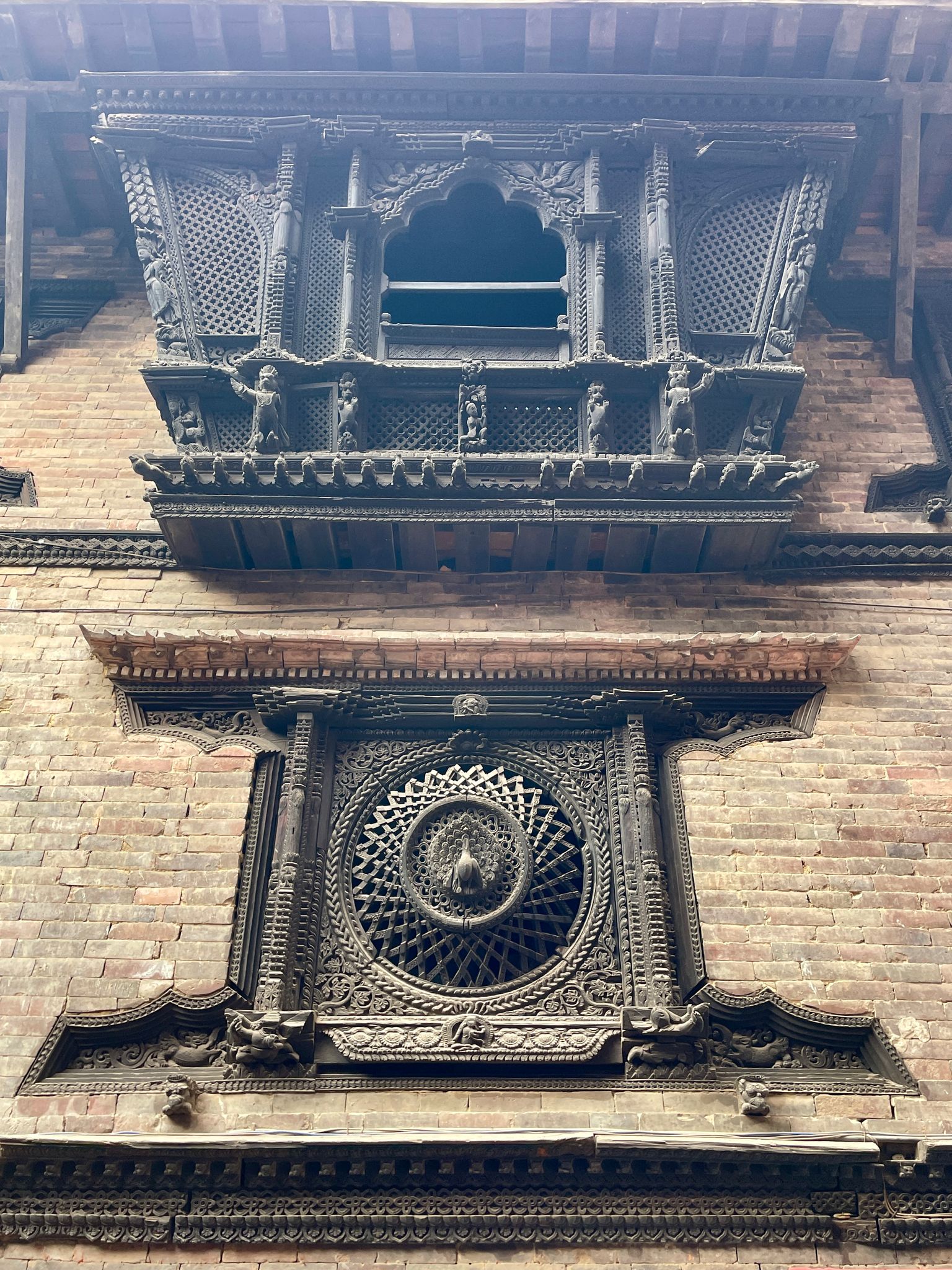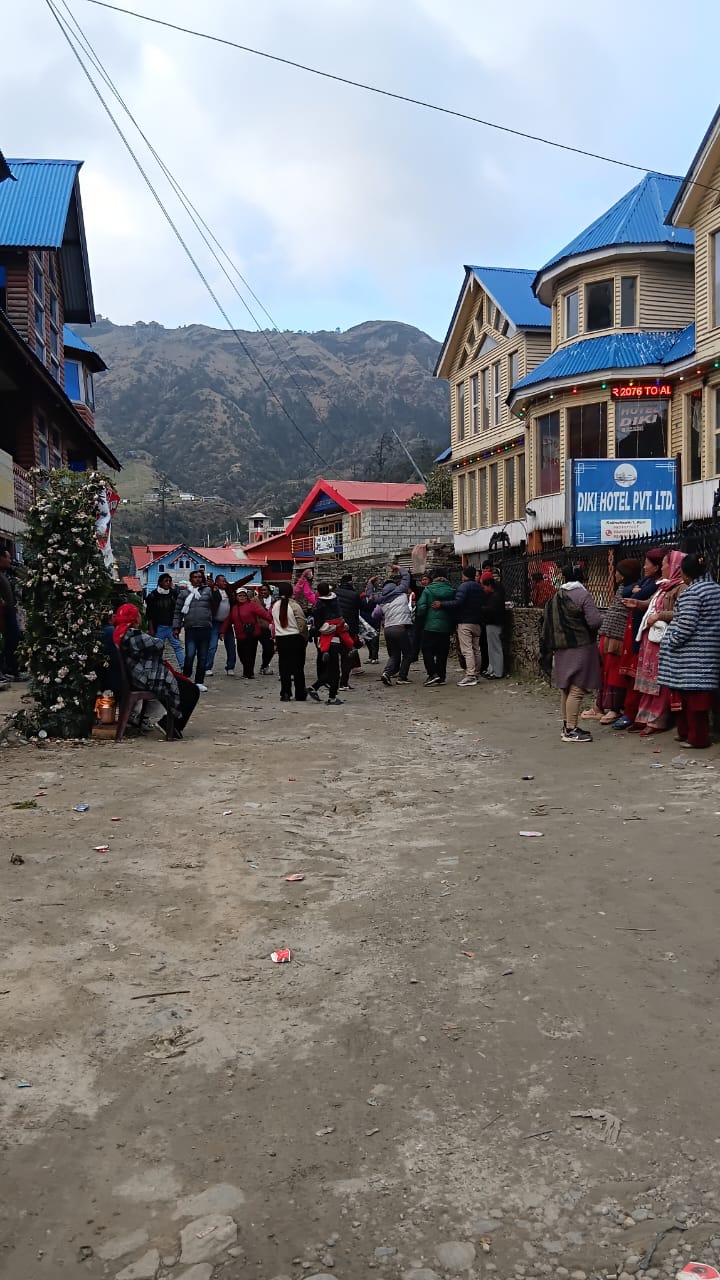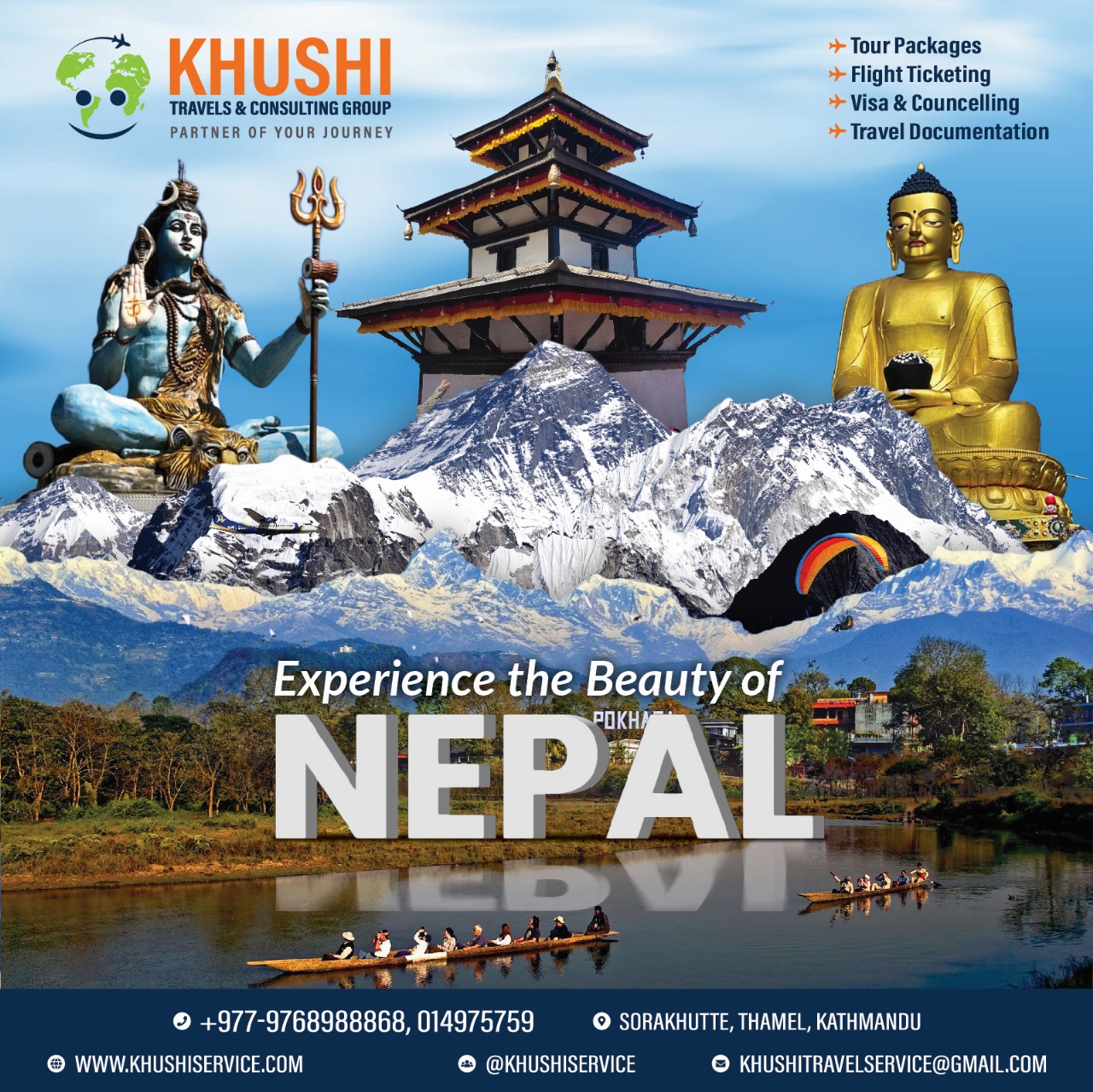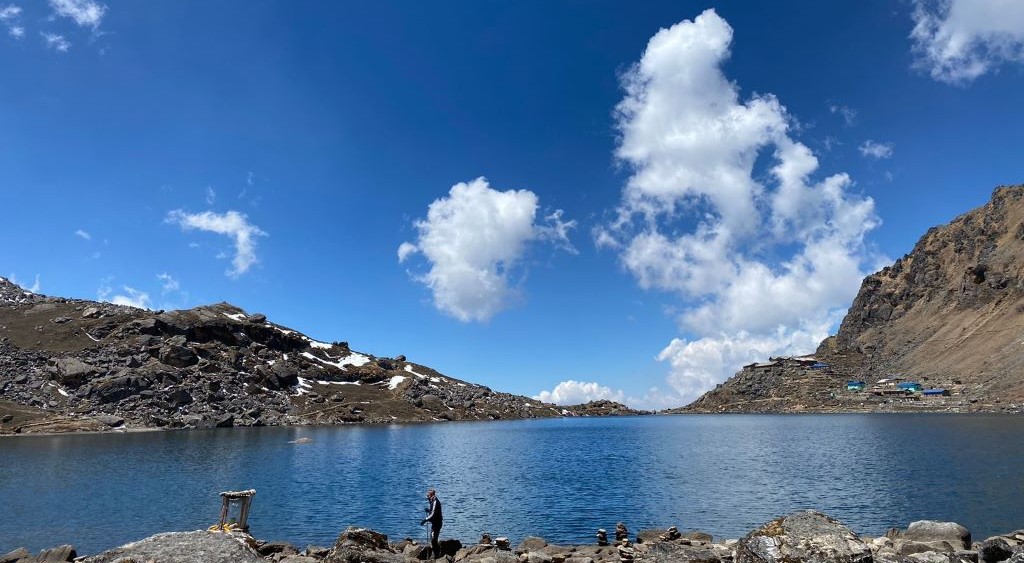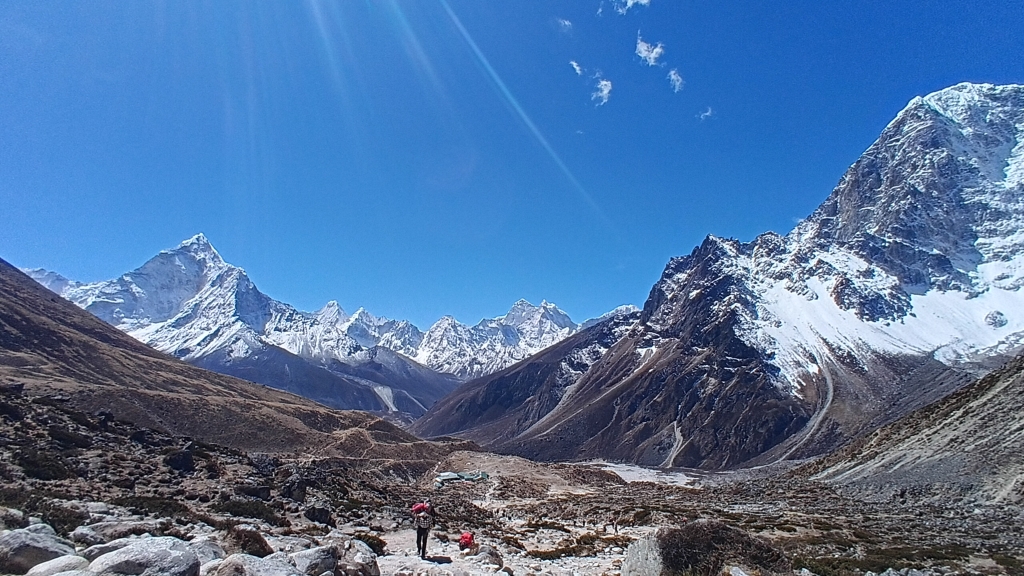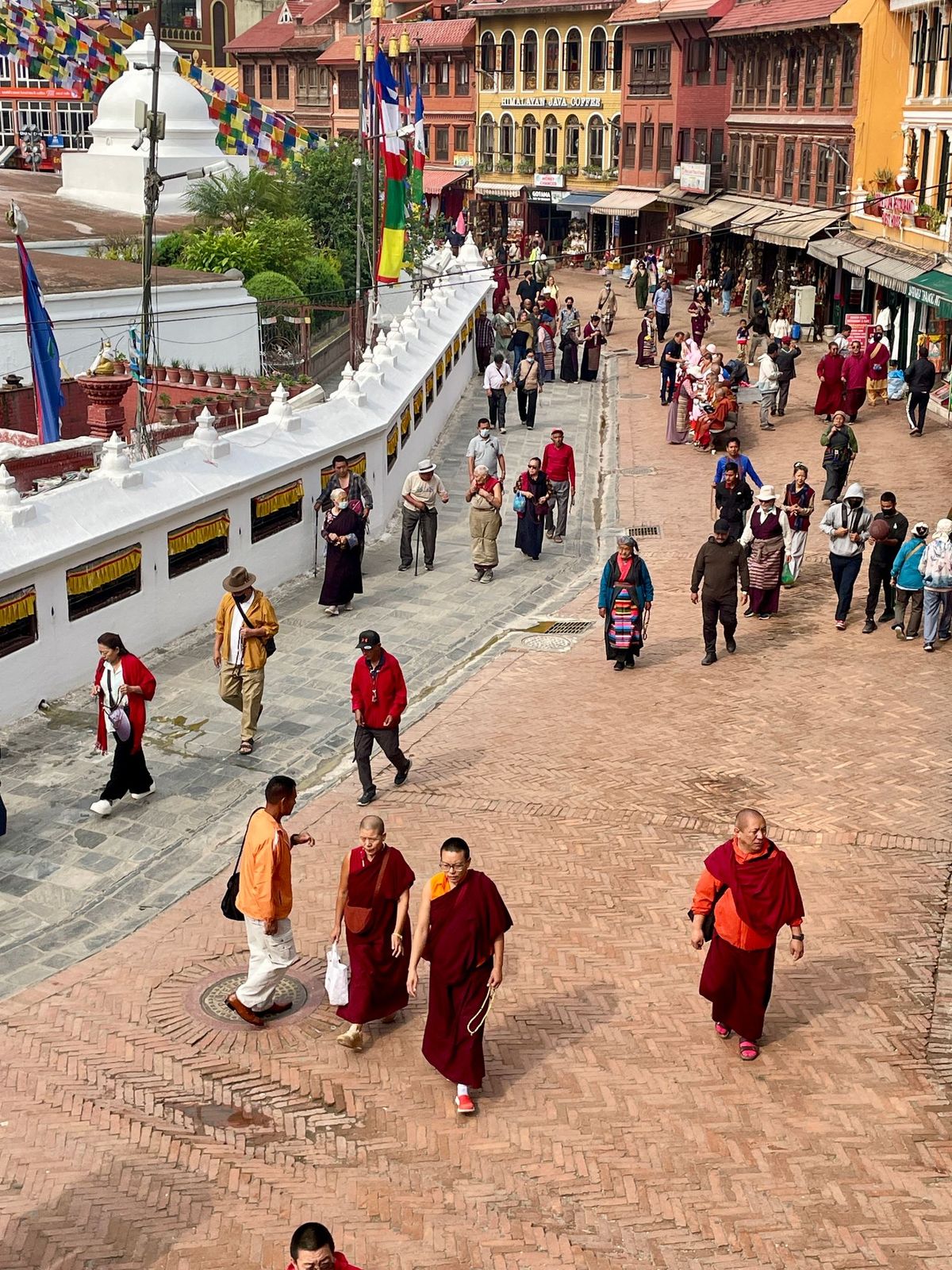

Ethnic Diversity of Nepal
Ethnic Diversity of Nepal
Nepal, a land of breathtaking beauty and rich cultural heritage, is a must-visit destination for travelers seeking adventure and authentic experiences. From the Eastern Mechi to Western Mahakali, and from the majestic Himalayan peaks to lowland regions just 500 meters above sea level, Nepal offers stunning landscapes and incredible biodiversity. Known for its unique ethnic cultures and traditions, the country provides travelers with unforgettable encounters with indigenous communities. Despite covering only 0.003% of the world’s land, Nepal is home to over 3.1% of global biodiversity and more than 9.5% of the world’s bird species, making it a paradise for nature lovers. However, increasing human activity, including overuse of forest and wetland resources, poses challenges to its natural habitats, highlighting the importance of sustainable travel in Nepal.
Ethnic Mosiac
Brahmans
Brahmans are the highest-ranking caste in Nepal, known primarily for their role as priests in Hindu temples across the country. They are divided into two main groups: Kumai Brahmans and Purbiya Brahmans, distinguished by their region of origin. Kumai Brahmans originally come from the mountainous Kumaon region of northern India and are mainly found in western and central Nepal, including Kathmandu. Purbiya Brahmans hail from eastern Nepal and are scattered throughout the country, with a higher concentration in the east and the capital city. Renowned for their religious and cultural influence, Brahmans continue to play a central role in Nepal’s spiritual and cultural traditions.
Chepang and Kusundas
The Chepang and Kusunda are indigenous communities living along the southern slopes of the Mahabharat range in Dhading, western Makawanpur, and eastern Chitwan. Traditionally reliant on hunting and forest resources, only a few have adopted agriculture. Despite economic challenges, they maintain a rich cultural heritage. Many now work as laborers in local development projects due to forest encroachment. They celebrate major Hindu festivals like Dashain, Tihar, and Sankrantis, along with their own tribal festival, Nwagi, held in the third week of Bhadra (August to September), showcasing their vibrant traditions.
Chhetris and Thakuris
In Nepal’s caste hierarchy, Chhetris and Thakuris rank just below Brahmans and are traditionally leaders, warriors, and rulers. Brahmans often serve as their teachers and family priests. Thakuris likely originated from northern India, mainly Rajasthan, migrating to Nepal in the 12th/13th centuries. Today, they remain influential, often holding high ranking positions in the army, police, and government, while some continue farming and live modestly. Their role reflects Nepal’s rich ethnic diversity and cultural traditions.
Dolpo
The Dolpa people, residing in some of the highest settlements in the world, are Tibetan speaking and largely follow Buddhist traditions, with the Bon-po sect also present. Although many are illiterate, they maintain a modest but sustainable lifestyle. Dolpa marriages are flexible, including arranged, elopement, or polyandrous unions where brothers may share a common wife, reflecting their unique cultural norms. Their funeral practices are equally distinctive, ranging from river burial to feeding the deceased to vultures, highlighting the community’s deep connection to nature and tradition.
Gurungs
The Gurungs live in the middle hills along the southern slopes of the Annapurna Himalaya in mid-western Nepal, alongside Magars, Brahmins, and Chhetris. Known for their hardworking nature, their territory stretches from Gorkha to Syangja. Organized into Char Jat (four clans) and Sor Jat (sixteen clans), the Gurungs practice mostly endogamous marriages, preferring cross-cousin unions. They follow the tradition of Rodi, a social club where young men and women sing, dance, and build social bonds. Their vibrant dances, including Sorathi, Ghado, and Ghatu, are performed from Shri Panchami (January to February) to Chandi Purnima (April to May), showcasing their joyful cultural heritage.
Magars
The Magars, along with Gurungs and Khas communities, are an important part of the British and Indian Gurkha regiments as well as the Nepal Army. They speak a Tibeto Burman dialect and primarily follow Buddhism, though some practice Hinduism. The Magars celebrate festivals dedicated to local deities, including Kaliingreatpomp, often involving traditional goat sacrifices. Those living near Brahmans and Chhetris share similar cultural rituals. Magar villages, characterized by round and oval houses, are commonly seen along the Annapurna round trekking route, reflecting their rich cultural heritage.
Manangi
The Manangi people, who share physical and religious similarities with Tibetans, take pride in their cultural connection to the Gurungs of the lower hills. They inhabit the scenic Manang Valley along the upper Marsyangdi River in central Nepal, which includes three culturally linked areas: Neshyang, Nar, and Gyasumdo. Agriculture is their main livelihood, with harsh climatic conditions limiting cultivation to buckwheat, barley, wheat, maize, potatoes, and radishes, alongside sheep and cattle rearing. The Manangi celebrate Lhosar, their New Year festival in February, and hold grand archery events during April–May, reflecting their rich cultural traditions.
Newars
The Newars, native to the Kathmandu Valley, are a historically influential community known for their trade, art, architecture, and cultural contributions. While numerically small, they have played a significant role in shaping Nepal’s economy, politics, and society. Primarily concentrated in Kathmandu, Banepa, Dhulikhel, Bhojpur, Bandipur, and Tansen, Newars speak Newari (Nepal Bhasa), a Tibeto-Burman language with its unique Ranjana script, which has no connection to Nepali, Hindi, or Sanskrit. Their rich literature includes historical documents such as Nepal’s UN membership application written in Ranjana Lipi. Both Buddhist and Hindu Newars practice a blend of religious traditions, celebrating numerous festivals and feasts throughout the year. Renowned for their artistry, craftsmanship, and vibrant cultural heritage, the Newars remain a cornerstone of Nepal’s identity and cultural tourism.
Rais and Limbus
The Rais inhabit the hills of northeastern Nepal, mainly around Dhankuta, Terhathum, Bhojpur, and the Arun and Dudh valleys, while the Limbus are found in the far eastern regions, including Taplejung, Khotang, and the Arun Valley. The Rais practice a blend of indigenous beliefs influenced by Tibetan Lamas, while the Limbus follow a mix of Shivaism, Buddhism, and Animism. Both communities typically practice monogamous marriages, arranged, elopement, or capture-based, and honor their deceased through burial with a marked tombstone. Their unique customs reflect the rich ethnic diversity and cultural heritage of Nepal.
Sherpas
The Sherpas, one of the most renowned Himalayan communities, are famous for their exceptional mountaineering skills, making them essential as leaders, guides, and porters in mountain expeditions. Many Sherpas have set world records in mountaineering, including the legendary Tenzing Norgay, who, alongside Sir Edmund Hillary, became the first to summit Mount Everest in 1953. They primarily live in the Khumbu region of Arun Valley near the Dudh Koshi River. Sherpas sometimes practice fraternal polyandry, where two brothers share a common wife. Sherpas celebrate numerous festivals, the most important being Losar, the Tibetan New Year in February, marked with singing, dancing, and feasting, and Dumze, a seven day ritual in village monasteries honoring deities like Guru Rimpoche and Phawa Cheresi, usually in July. Similarly, the Tamangs are Buddhist communities whose religious life revolves around Jhankrism. Each Tamang settlement has multiple ghyangs (Buddhist temples), where festivals such as Chho (in January–February) and Nara (on the full moon) are celebrated, reflecting their deep-rooted spiritual and cultural traditions.
Tharus/Chaudharys
The Tharus are an indigenous ethnic group living in northern and inner Terai, mainly in the middle and western regions of Nepal. Known as the original Terai settlers, some believe they migrated from India during the 12th/13th century Muslim invasions. They speak Naja, along with local languages like Prakriti, Bhojpuri, Mughali, Nepali, Urdu, and Maithili. Following Animism and celebrating Hindu festivals, the Tharus are organized into two clans, Pradhan and Apradhan, with each village honoring its own deities. Marriages are generally monogamous and endogamous, with occasional polyandry or polygamy, accompanied by rich and elaborate rituals.
Thakali
The Thakalis, with Mongoloid features, are believed to have originated from Thak Khola in the Kali Gandaki Valley of western Nepal. Known for their neatly maintained kitchens, they mainly earn their livelihood from hotels, inns, and restaurants. Thakalis are commonly seen along the Annapurna round trekking route in Mustang, especially in Thak-sat-se, the traditional salt-trading area south of Tukuche Mountain. They marry within the Thakali community but outside their own clan, with four clans Gauchan, Tulachan, Sherchan, and Bhattachan equal in social status. Each clan worships specific animal deities: dragon, elephant, lion, and yak.
Their religion is a blend of Buddhism, Jhankrism, Bonpo, and Hinduism, with strong ties to Jhankrism, a Shamanistic tradition. The most important festival is Lha Feva, celebrated in November according to the Tibetan calendar, reflecting the Thakalis’ rich cultural heritage and spiritual traditions.
Nepal’s stunning landscapes, rich biodiversity, and vibrant ethnic diversity make it a truly unique destination for travelers seeking adventure, culture, and authentic experiences. From the towering Himalayan peaks to the fertile Terai plains, and from centuries-old traditions of the Brahmans and Newars to the colorful festivals of the Sherpas, Gurungs, Magars, Thakalis, and other indigenous communities, Nepal offers a journey that is both breathtaking and deeply enriching. Exploring these communities allows visitors to connect with Nepal’s cultural roots while witnessing the harmony between nature and tradition.
At Khushi Travels and Consulting Group, we specialize in creating customized tours that immerse travelers in Nepal’s natural beauty and ethnic heritage. Whether it’s trekking through the Annapurna circuit, exploring traditional villages, or experiencing local festivals firsthand, our expert team ensures unforgettable memories while promoting sustainable and responsible tourism. Discover the heart of Nepal with us and experience a journey filled with adventure, culture, and lasting impressions.
Similar Blogs
We are associated with

